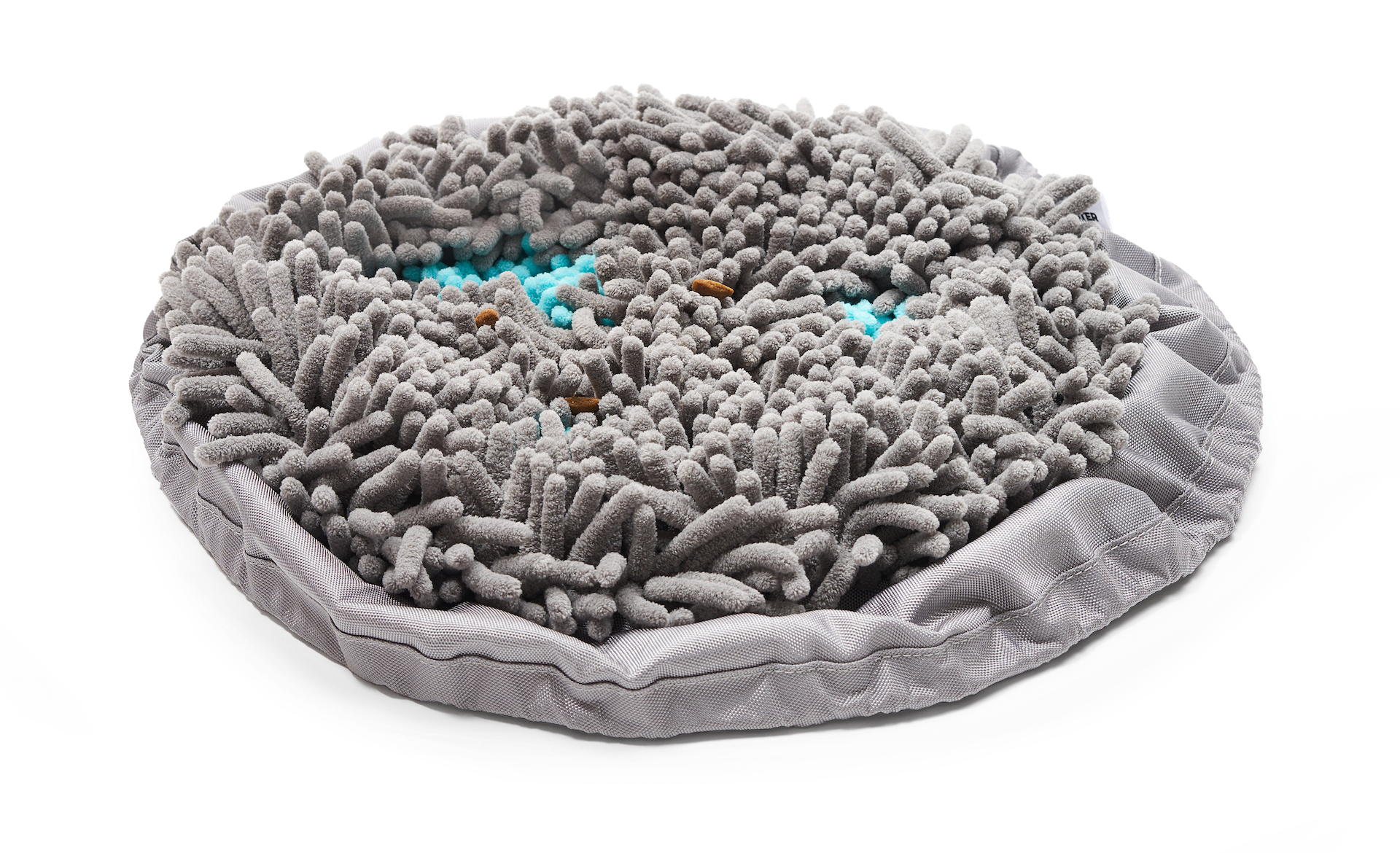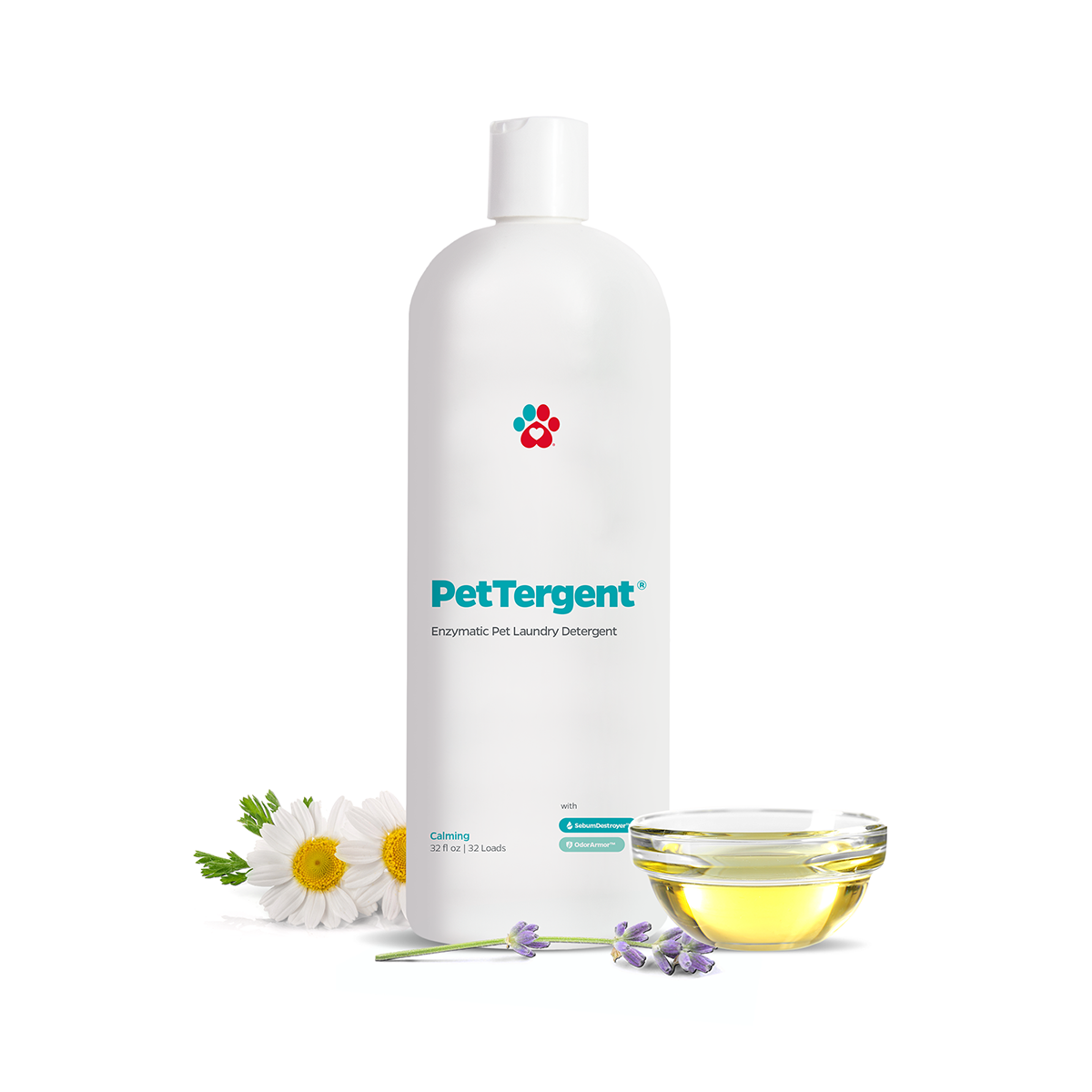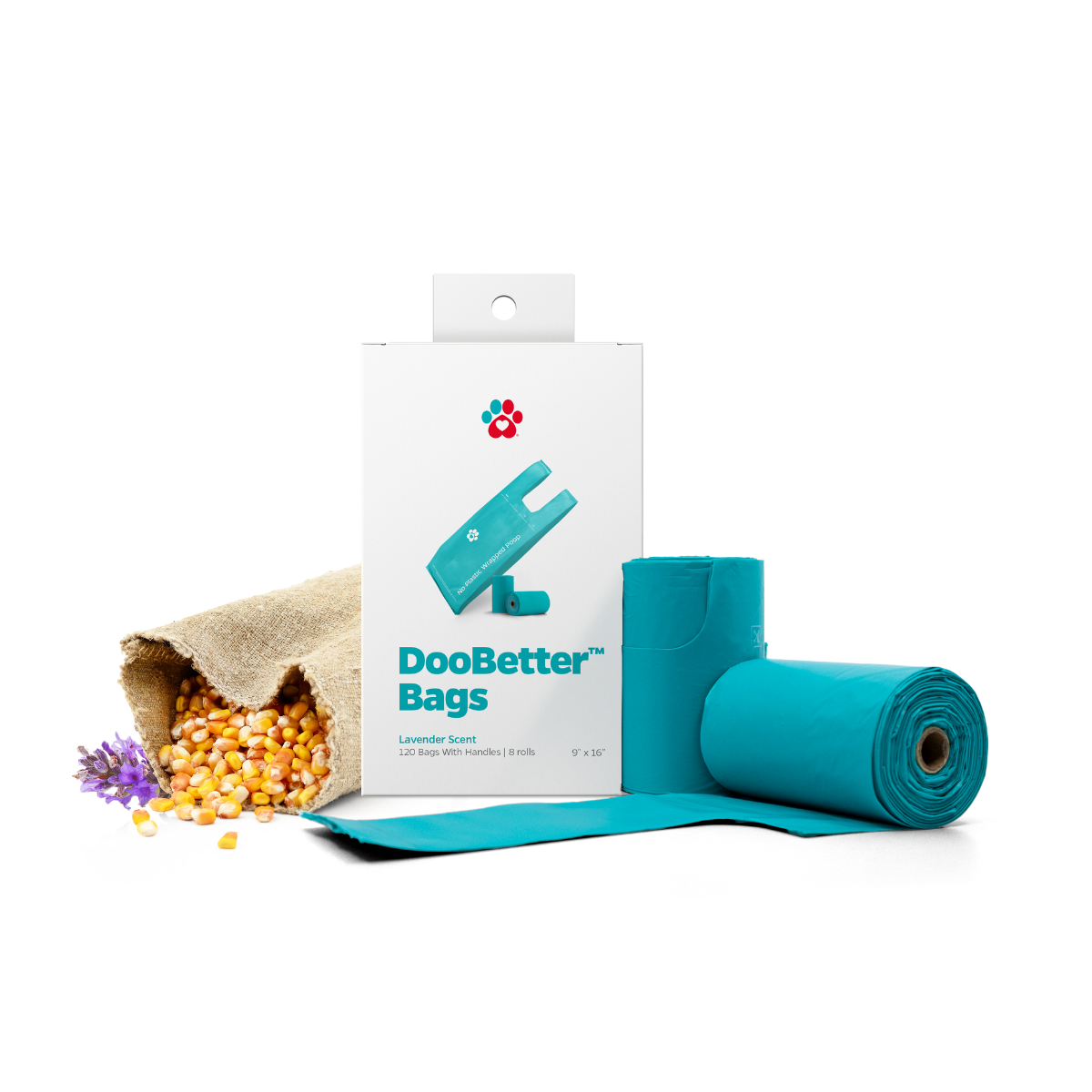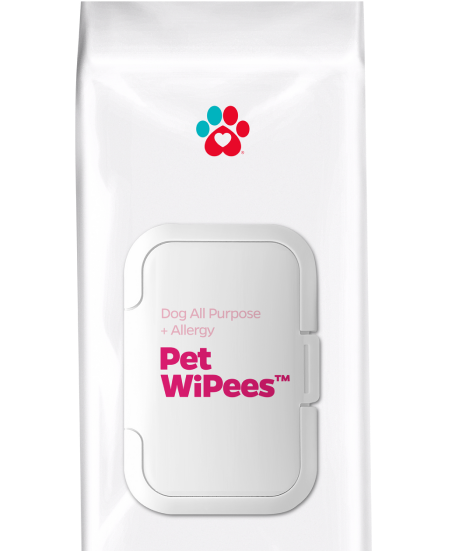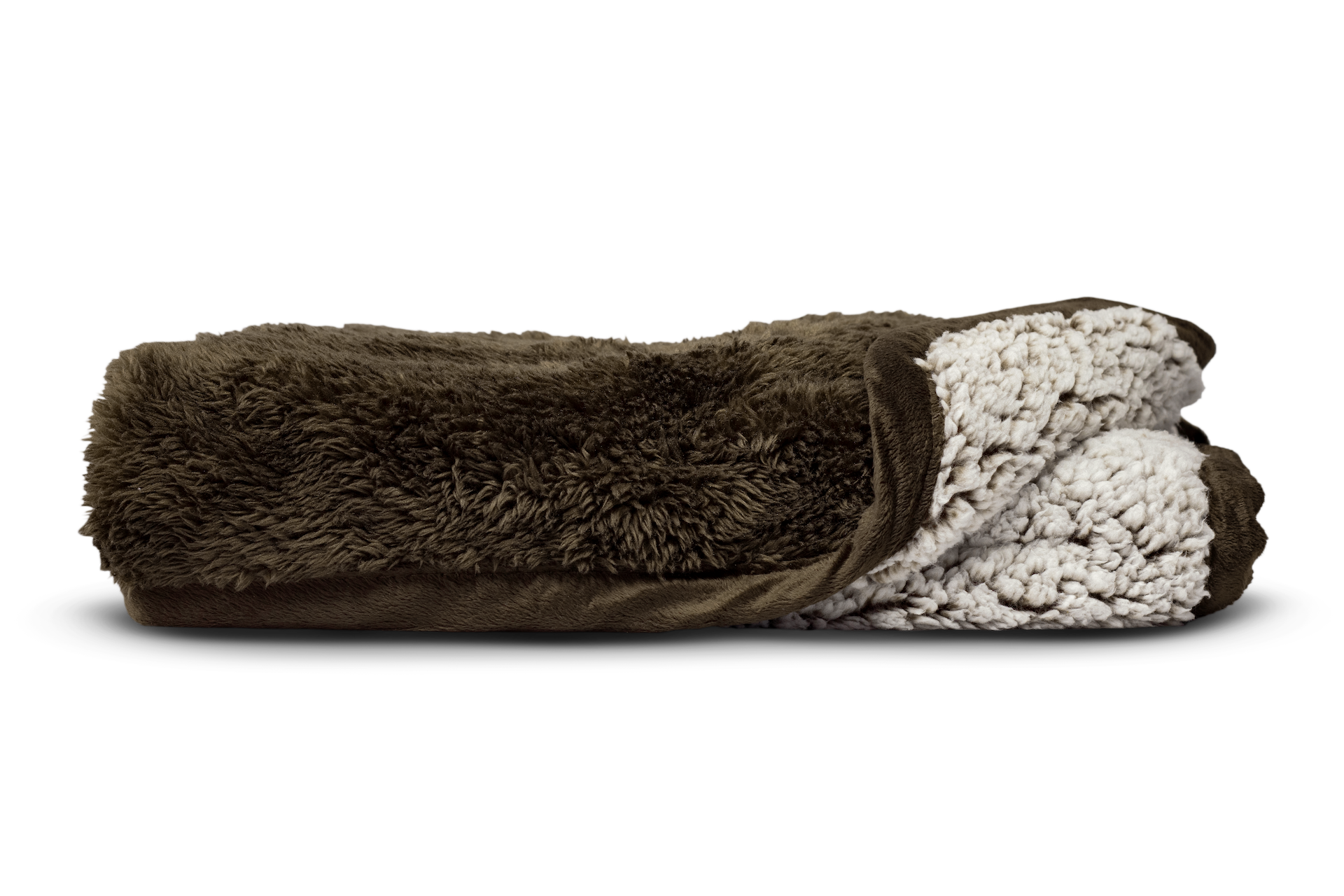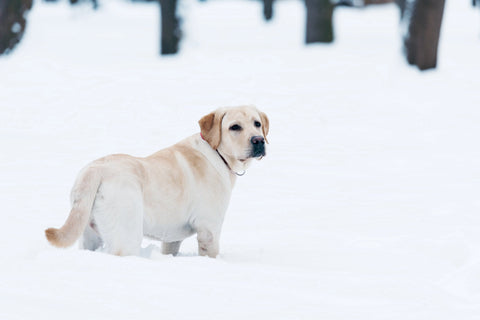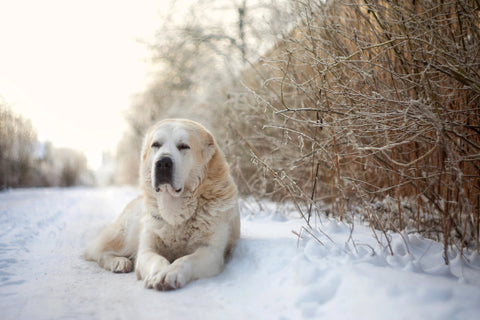
A healthy dog poop will show that your dog is doing well. Abrupt changes in your furbaby's poop may mean there is an underlying health issue your dog is suffering from. But how do pet parents know which poop is healthy and which one is not? This article will discuss what a healthy dog poop should look like and how you can tell health problems in your dog just by looking at their poop!
The Four Cs of Dog Poop
There are several ways to assess your dog's poop. According to Michelson Found Animals, when determining your furbaby's poop, you should take note of its:
- Color: In what color?
- Content: What does it contain?
- Consistency: Is it hard? Is it soft? How hard or soft is it?
- Coating: Is there a film or a mucus over it?
Dog Poop Color
Color is how your dog's poop appears in its shade or hue. The color of your dog poop is directly related to what they ingest and varies greatly depending on the ingredients of their diet.
Healthy dog poop is chocolate-brown. Your furbaby's gall bladder breaks down food by releasing bile. Bile contains bilirubin, which is responsible for the chocolate-brown color in your dog's poop. Changes in your dog's poop color may change due to your dog's eating and hydration level.
Here are some colors your dog's poop may appear to be and what they could mean:
- Black: may mean that there is possible bleeding in the upper digestive tract
- Green: may mean your dog has ingested grass
- Yellow or grey: may mean there are issues involving your dog's gall bladder, liver, or pancreas
- Any poop color with red streaks: may mean there is possible bleeding in the lower digestive tract
- Any poop color with white spots: may mean your dog has intestinal worms
If you notice these abnormalities, consult your vet for advice and potential testing.
Content
Identifying your dog's poop content is the dirty job best done by your vet. The contents of your dog's poop can't be identified unless you dissect to examine. In some cases, pet parents may see pieces of plastic and other seemingly impassible items in their dog's poop. This usually happens when their dogs have a condition called pica where their dogs ingest even non-food items.
"Any poop color with red streaks: may mean there is possible bleeding in the lower digestive tract"
Generally, how your furbaby's poop like outside is the same inside, but here are some warning signs to watch out for:
- You should not find non-food items in your dog's poop, like grass or large clumps of fur
- Healthy dog poop from a healthy gut should not have worms; note that when examining your dog's poop, examine it while it's still fresh, as a poop that's been out for some time may invite worms
Consistency
The consistency of a dog's poop is categorized in a numerical system of 1 to 7. 1 describes the poop to be rock-like and hard, often caused by constipation, dehydration, and lack of water intake. 7 depicts a watery poop, often caused by diarrhea or stomach upset.
Healthy dog poop has a consistency of 2, where the poop should be firm but not too hard & not too soft, and are divided into segments or, according to Hill's Pet, be in log shapes with small divisions that if you try to roll it or toss it, it would break into pieces. Additionally, it should feel like clay if you try to press a healthy dog poop (like Play Doh).
Coating or Mucus in Dog Poop
Mucus in dog poop is not a great sign. Although occasional coating is normal, it becomes a concern if it happens so regularly. How can you tell if your dog's poop has coating or mucus? Observe the area where your dog poop. If the poop leaves behind a trail, then that means a coating is present. A yellow mucus dog poop may be the most noticeable sign.
If the poop does not leave a coating, then that's good! A coating in poop may mean your dog is possibly having some gastrointestinal issues, like colitis and inflammation in the large bowel.
A Vet's Evaluation
In consulting your vet, they may ask you to bring in a fresh sample of your dog's poop. They will also ask you thoroughly about the things you have noticed in your dog, their diet, their water intake, their behavior, and their medical history.
Your vet may look beyond the four Cs of dog poop and may include:
"Probiotic supplements, like Probiotic SoftSupps®, help promote healthy bowel movement in dogs."
- Poop form or size: If the shape round and tiny, your furbaby might be dehydrated. The size of your dog's poop depends on the amount of fiber present in the foods they consume.
- Odor: Mild odor from dog poop is typical, but a strong, foul-smelling one is not.
- Poop density
- Food digestibility
- Nutrient absorption
- Composition
- Stickiness
- Presence of parasites
- Poop bacterial levels
Promoting Healthy Poop
Provide a healthy and balanced diet. A healthy dog diet, especially the one with the right amount of dietary fiber, helps in encouraging healthy poop and maintains bowel health. Dietary fiber is known to affect the size and weight of your dog's poop. Dietary fiber can soften hard poop, make it easier to pass, and absorb water from a watery poop, adding mass to it.
Offer probiotic supplements for dogs. Probiotic supplements, like Probiotic SoftSupps®, help promote healthy bowel movement in dogs. These probiotic soft chews are made with:
- pumpkin and prebiotics that help promote proper digestion through fiber
- papaya and natural enzymes that help sustain essential gut bacteria
- 5 Billion CFU proprietary probiotic & prebiotic blend that helps boost intestinal well-being
- branded form of the Bacillus coagulans probiotic, BC MS-99®, that helps support gut flora in the digestive tract
Dog probiotics can help to balance dog gut health and create a more regular digestive system. In addition, probiotics for dogs can aid in making solid, healthy dog poop.

Healthy dog poop is evaluated according to its color, content, consistency, and coating. How your dog’s poop looks may indicate your dog’s health so it’s always important to keep eye on any noticeable changes. Early detection of a health issue may just save your dog’s life and help them live a happier and healthier one.

